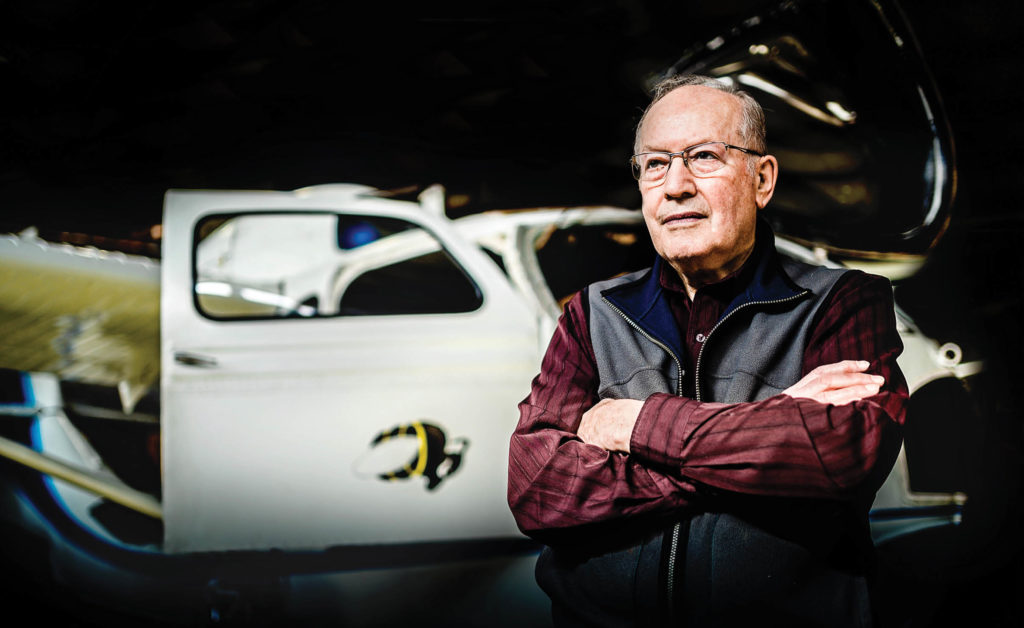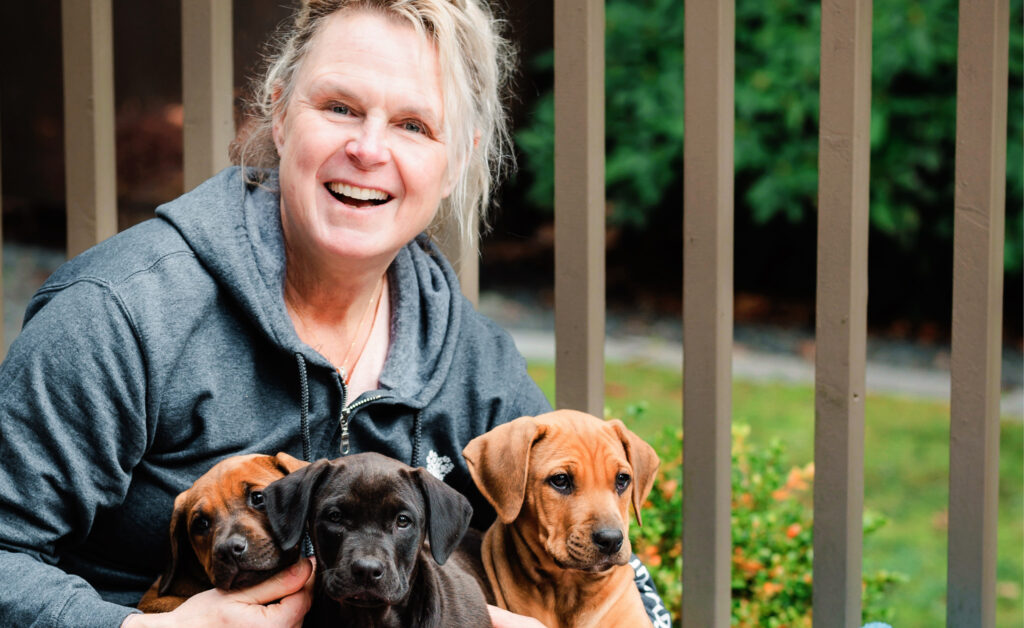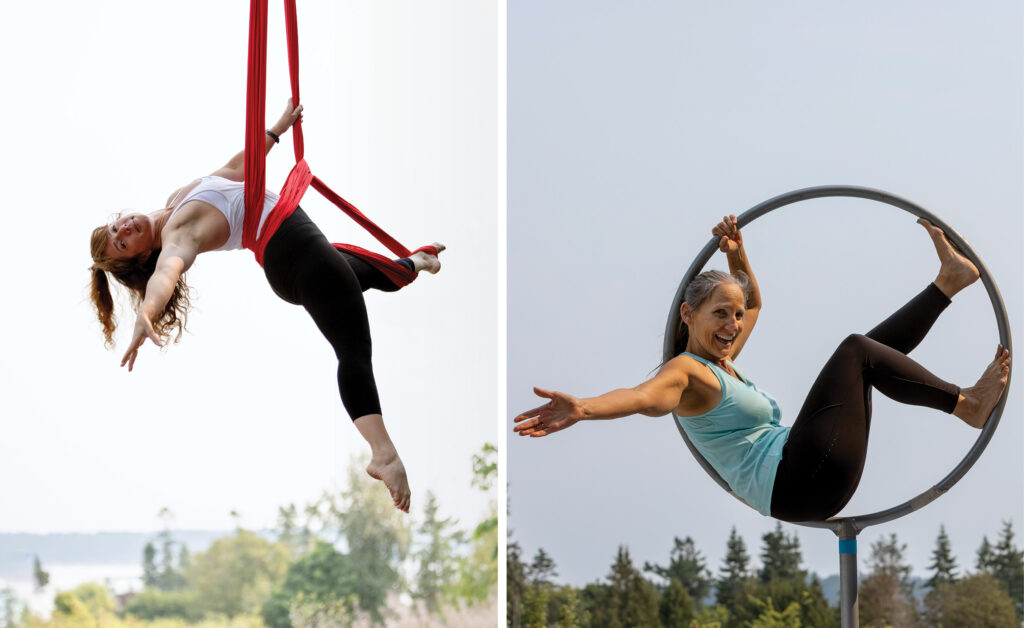by Anne Miller | photo by Janis Jean Photography –
A former colleague of mine often asked: “So, what did you learn today?” prompting me to search for an answer. That question came to mind recently when I visited the British Columbia Aviation Museum. On the surface, the museum looks like another collection of historical objects but, as I peeled back the layers, I discover it’s much, much more than that.
Norman Dressler, a tour guide I met, was a co-founder of this museum and spent many years volunteering in various executive roles. He shared with me several interesting details about the various planes and memorabilia displayed throughout and he told how this museum came to be. In 1985, four similar groups discussed the potential of a combined Victoria Flying Club and aviation museum. They signed an agreement to work together and, around 1987, with a grant, built a bare-bones steel hangar. Later, with grants and fundraising, the doors, floor, display and restoration hangars were built. From the beginning, volunteers came forward and aviation artifacts started arriving.
Today, the museum operates smoothly, with a diversified revenue from several sources including fundraising, membership, grants, space rental and estate gifts. Norman explains how this operation is sustained by the efforts of volunteers with a variety of skills. He is proud of the museum’s liaison with Camosun College, particularly with the restoration of the Lancaster bomber. Camosun’s metalwork students offer expertise in reconstructing brackets by modelling and printing in 3D, prior to manufacturing. The students get hands-on education and the museum gains skilled labour and access to this technology. A win/win.
Norman’s path to this place is predictable. Following a degree in physics in 1959, he worked with Transport Canada as a meteorological officer for the RCAF in postings within Canada and Europe, providing aviation briefings to fighter pilots. After retirement, Norman was a commercial pilot and flight instructor for over 40 years. Along the way, he even managed a stint as Victoria’s weatherman for 15 years.
The museum has both personal and community benefits and is a big asset to people of all ages. It offers career insights to college students and cadets and, in the children’s play area, kids are fascinated with the tactile experience of playing in the helicopter. Adults gain historical knowledge and enjoyment from seeing, touching and talking about aviation and an important piece of Canada’s history. It’s the volunteer experience, however, that is often particularly meaningful to retirees.
Norman is keen to point out that there are many retirees who, regrettably, no longer have that workshop or office to apply their considerable knowledge and skills. Working with the museum gives them a meaningful opportunity to exercise their skills and develop connections with likeminded people.
The future of this museum looks optimistic. With all buildings paid for, attention is focused on fundraising for another hangar to house the Lancaster once the restored sections are reassembled. At the same time, there is a need to expand membership and engage more enthusiastic volunteers to participate in numerous jobs to be done.
So, what did I learn that day? This museum, thanks to the volunteers who sustain it, is a jewel in our community that showcases Canadian ingenuity, pride of workmanship and appreciation of our volunteers. It’s an asset well worth supporting.
Find out more about Anne Miller, personal historian, at
www.annemiller.ca or get in touch with her via email: anne@annemiller.ca.




